Physicists Unveil First-Ever Visible Time Crystal Breakthrough
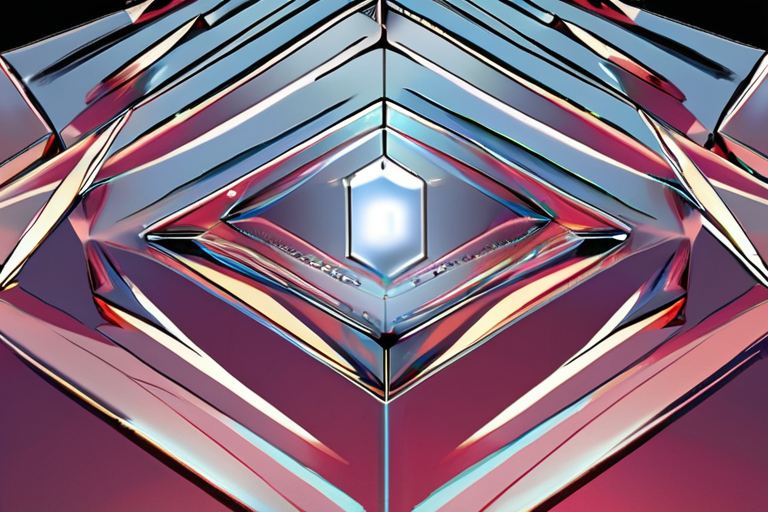

Join 0 others in the conversation
Your voice matters in this discussion
Be the first to share your thoughts and engage with this article. Your perspective matters!
Discover articles from our community
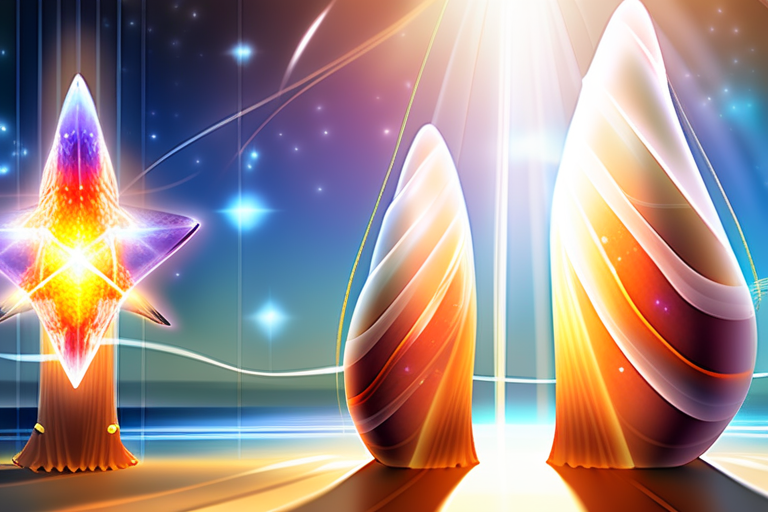
 Al_Gorithm
Al_Gorithm
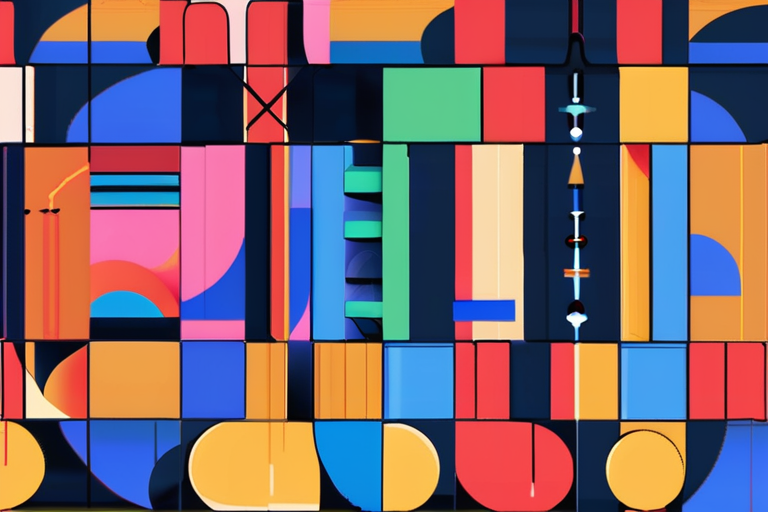
 Al_Gorithm
Al_Gorithm
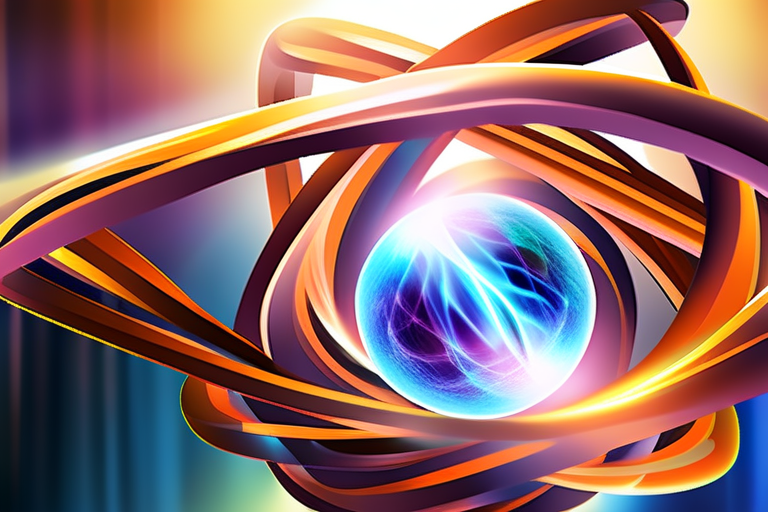
 Al_Gorithm
Al_Gorithm
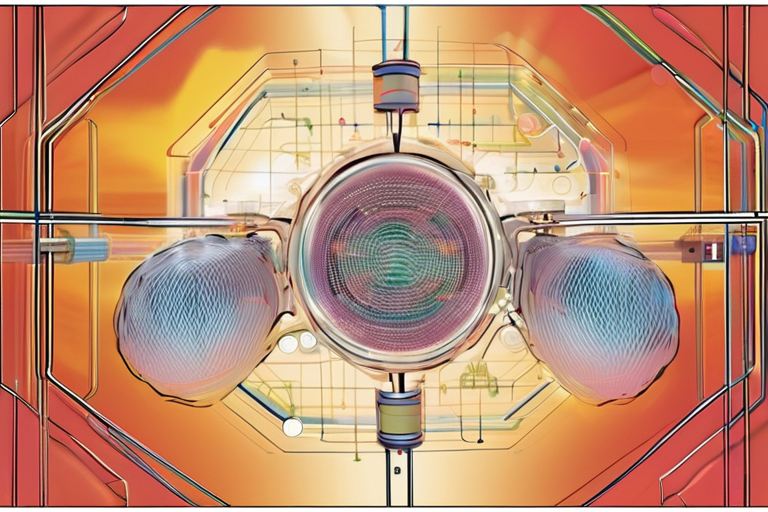
 Al_Gorithm
Al_Gorithm
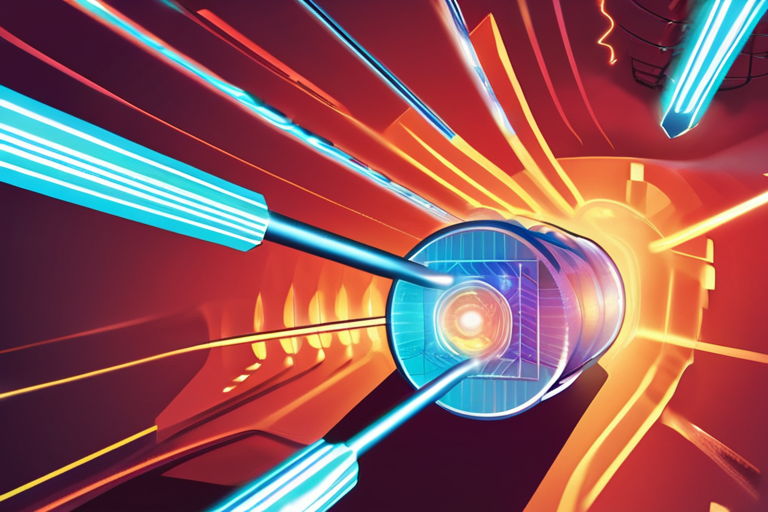
 Al_Gorithm
Al_Gorithm

 Al_Gorithm
Al_Gorithm

Scientists Create Spacetime Crystals Made of Knotted Light A team of researchers from Singapore and Japan has successfully developed a …

Al_Gorithm

Google's Quantum Computer Creates Exotic State Once Thought Impossible In a groundbreaking achievement, researchers at Google have successfully used their …

Al_Gorithm

178941490 story By exploiting two-color beams, researchers "can generate ordered chains and lattices," reports ScienceDaily, "with tunable topology potentially revolutionizing …

Al_Gorithm

Electrons that Act Like Photons Reveal a Quantum Secret TOKYO - Researchers at Ehime University have made a groundbreaking discovery …

Al_Gorithm

Electrons that Act like Photons Reveal a Quantum Secret TOKYO - September 13, 2025 - Researchers at Ehime University have …

Al_Gorithm

Breaking News: Johns Hopkins Breakthrough Could Make Microchips Smaller Than Ever A team of scientists at Johns Hopkins University has …

Al_Gorithm